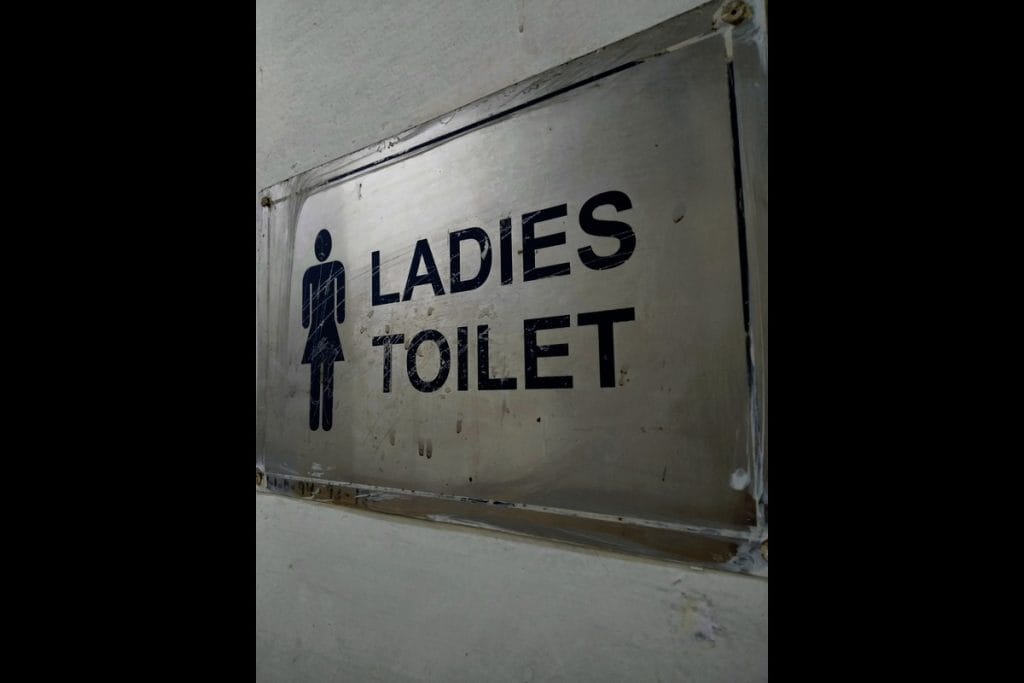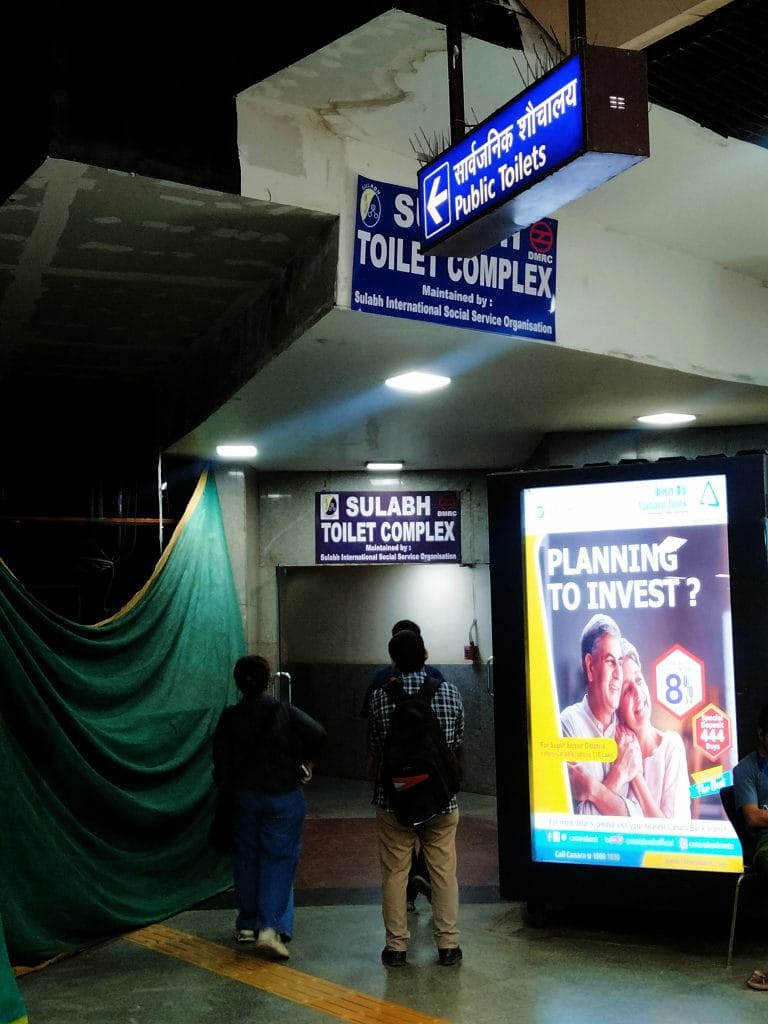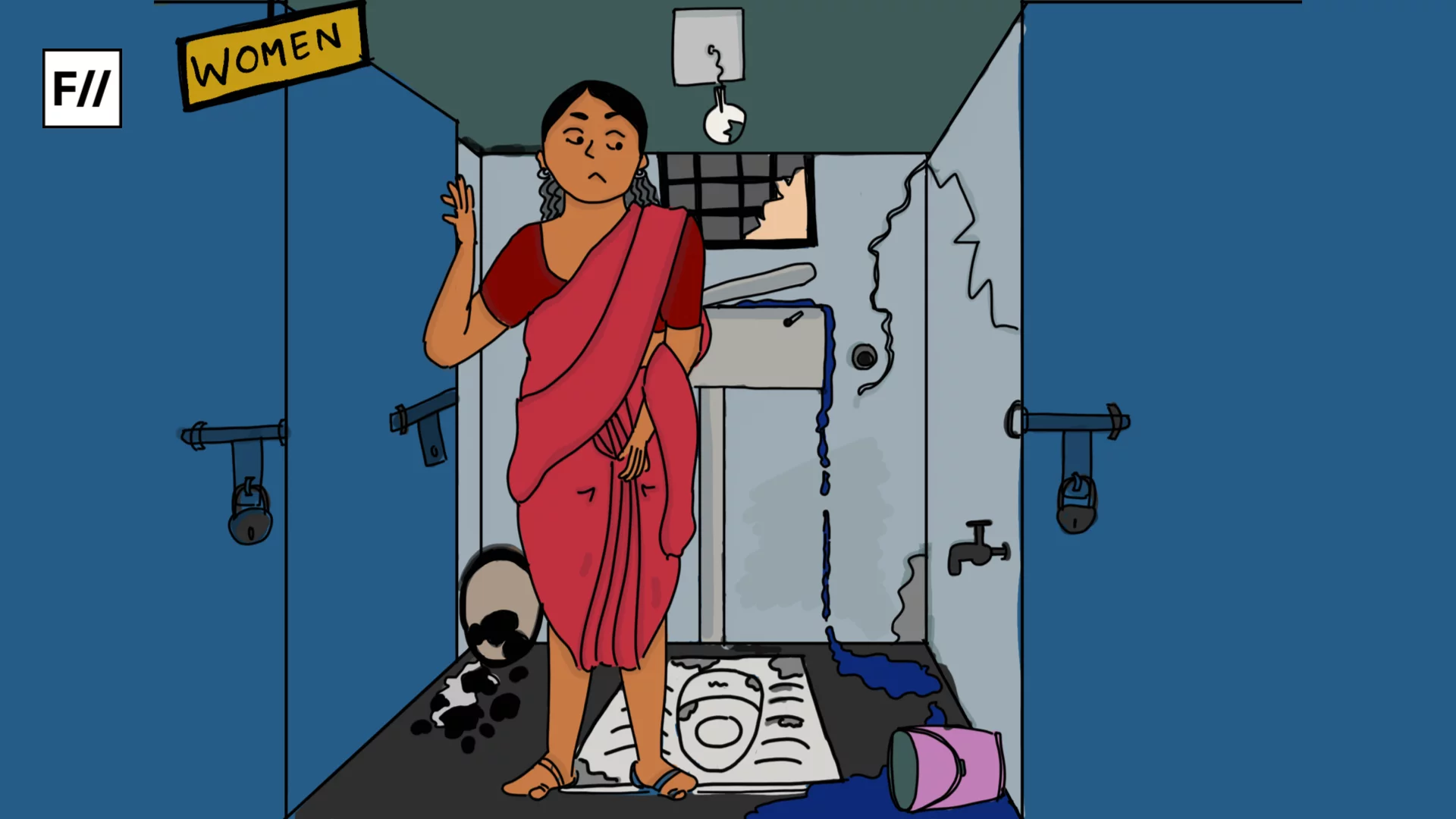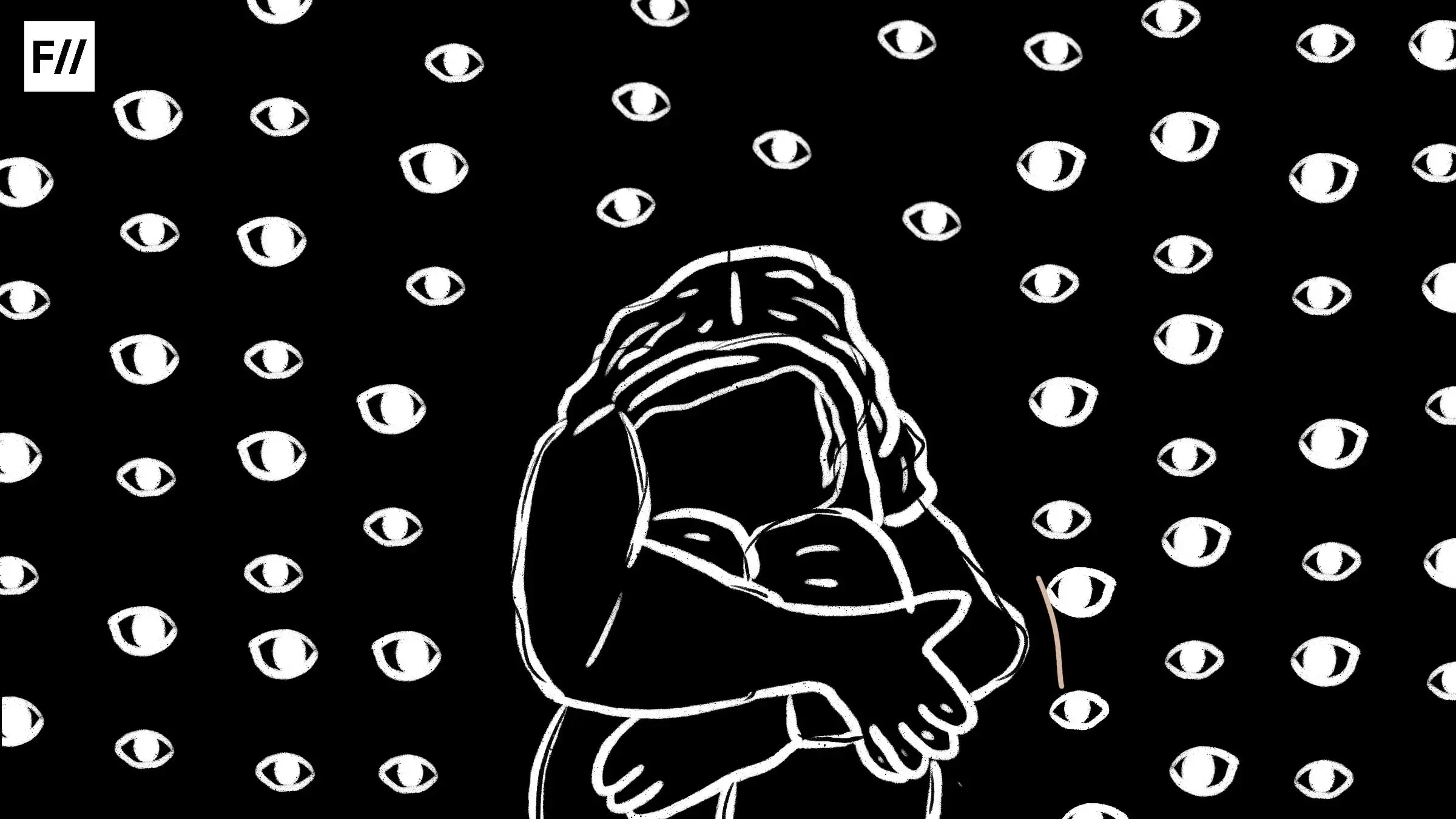New Delhi: One afternoon in 2024, Aman Prakash was travelling in the Delhi Metro with his female friend Divya Aggarwal (name changed). At Rohini West metro station, both of them needed to use the washroom and went to the Sulabh toilet facility provided across Delhi Metro Rail Corporation (DMRC) stations. As they got out at almost the same time, Prakash handed over a ₹2 coin, as he usually does. His friend, too, got a ₹2 coin ready — but the person in charge refused. ‘Madam, ladies ka paanch hi lagta hai.’ (Madam, for women it’s always ₹5.) Aggarwal argued but eventually gave a ₹5 coin for using the same facility that Prakash used for ₹2.
Two coins, two realities
Prakash, 30, lives in Rithala in North-West Delhi and works in an automobile company. He commutes daily in the metro. ‘The prices written on the board are the same for both men and women, yet I have seen for a long time that women are charged ₹5 and men always get away by paying ₹2 only, no matter what facilities they use inside,’ Prakash says.

Shikha Singh, 20, who lives in Uttam Nagar West and travels frequently by metro, says she always pays ₹5 to use the washroom regardless of the facility. She recalls how one day, while exiting the Sulabh toilet at a metro station, she saw a woman in visible need. The woman had only ₹3, but the staff did not let her use the washroom.
‘They told her that we won’t give you entry. You have to pay ₹5,’ Singh says.
According to Singh, washroom access is a basic right, and if not free, it should at least be equal for both men and women in practice, not just on paper.
Gendered trust, stereotypes, and uneven enforcement
Sulabh has clear guidelines about the pricing structure at every metro station, yet people allege that it is rarely followed. Women are generally asked for a uniform charge regardless of the facility they use. If someone argues that they only used for the urinal purpose, they are told they don’t know what facility they used. Women allege that they are told it is difficult in their case to verify what they used, so they have to pay ₹5. They question why the same logic doesn’t apply to men. It may be easier to distinguish between urinals and toilets in the men’s section, but in practice, no one checks men either. Their word is accepted.
‘The prices written on the board are the same for both men and women, yet I have seen for a long time that women are charged ₹5 and men always get away by paying ₹2 only, no matter what facilities they use inside‘
Deepak Nagar, 27, who works in a multinational corporation and commutes daily, says, ‘I always pay ₹2. Even if sometimes I use the toilet, I know they won’t question me. So I get out by paying ₹2 only.’ While Nagar is let go after paying ₹2, he notices a different situation for women. ‘On the Hauz Khas line, I often see women arguing about the pricing, but the staff doesn’t listen. It is a form of inequality,’ says Nagar.
There could be different reasons for this. People point to how gender stereotypes, perceptions of trust, authority, and necessity shape these everyday interactions. Prakash believes one reason could be that women take more time in washrooms. They are also perceived as more gullible and less likely to argue.

‘I have seen women giving up on this argument and finally paying ₹5. As soon as the employees push back, women tend to give up,’ Prakash says. ‘They do it to those they think can be pushed — even to unaware men sometimes,’ he adds. Ratika Gandhi, a 30-year-old woman from Mukherjee Nagar who often uses DMRC washrooms, shares a similar view. ‘Women take more time — for hair, makeup, changing, etc — so that could be a reason the staff charges them the upper-limit price,’ Gandhi says. ‘Men argue, women generally don’t, and we are often in a hurry.’
There are also broader social reasons behind the alleged disparity. Chaaya Kumari, a 20-year-old student, believes women are not really in a position to protest. ‘It is our necessity. We have to bear it,’ Kumari says. ‘Men can do it anywhere. They don’t fully rely on these facilities. If they don’t get space, they even relieve themselves in open areas.’
‘We women have a natural cycle and different physiological needs. We may urgently need a washroom at any place. But this is used as a reason to charge more,’ Kumari adds.
When ‘public’ infrastructure omits half the public
Many women also feel that they have internalised the idea of paying more. They often do not question it. Simran Arora, 26, who works in the corporate sector and uses metro washrooms daily, says there is a clear difference in how men and women are charged.
‘Women have internalised this. We are used to things like the pink tax — we get the same razor as men but at a higher price. It reflects everywhere. We often don’t question this pricing, and that’s why we’re charged like this,’ she says.

Arora recalls once trying to argue, but the staff said they didn’t know what facility she used the washroom for. She was told to pay ₹5. As per Arora infrastructure primarily caters to men. ‘In my college, the women’s washroom had a separate urinal section. If they really don’t know what we used, why not implement that kind of structure here too?’ she asks. ‘It is a patriarchal world. The infrastructure is primarily designed for men, making it complex for women. It may take two or three generations to change this.’
Arora adds that amid larger issues like sexual harassment and income gaps, problems like this get ignored — even though they affect women daily. ‘Women can have different needs, but that should not mean unequal charges,’ she says. Arora also highlights how this hits women from lower-income groups harder.
‘It is a patriarchal world. The infrastructure is primarily designed for men, making it complex for women. It may take two or three generations to change this.’
‘They avoid using the washroom. They hold it in because ₹5 is a big amount for them,’ she says. Prakash also explains how a small difference in charges adds up. ‘Take a woman who wants to use the washroom five times a day. That’s ₹25. By the official guideline, it should be ₹10. That’s a 2.5 times difference, which is significant for a common woman,’ he says.
The Sulabh International—Operation and Maintenance team stated that they aim to provide accessible hygiene and sanitation facilities at minimal charges. ‘We do not differentiate on the basis of gender—our pricing is uniform for both men and women and clearly displayed at every station,’ a representative said. ‘Whenever we have received any complaints, we have addressed them seriously. If any official has been found at fault, appropriate action has been taken promptly.’
Still, people — especially women — say the rules need to be implemented strictly on the ground, because the ground reality remains different. Professor Krishna Menon, a gender studies scholar at Ambedkar University, says it is difficult to assign blame when the pricing structure on paper is equal. ‘It could be a problem of implementation,’ she says.
Menon explains how public spaces are often designed for men and their needs. ‘Men dominate public spaces. Not just washrooms — almost all public infrastructure is shaped around men’s needs,’ she says.Menon also points out the gendered perception of trust — where men’s words are believed more easily than women’s.
‘Sulabh could place an employee near both men’s and women’s washrooms to monitor usage while maintaining privacy. That way, pricing can be enforced more fairly,’ Menon suggests. It may seem like a small issue, but it reflects an unspoken form of everyday gender discrimination in urban spaces. Delhi Metro has a significant portion of women commuters. Yet this issue has not received enough attention.
While washrooms across metro lines have uniform pricing structures, women allege ending up paying more, highlighting a persistent and overlooked form of gender bias in public places and infrastructure.
Anuj Dayal, Principal Executive Director (Corporate Communications), DMRC, said, ‘We’ve ensured that pricing guidelines and usage instructions are prominently displayed at all metro stations for commuters’ convenience. Passengers are expected to follow that pricing structure, and if they ever notice any disparity or misconduct, they can reach out through our established complaint system. We are committed to taking immediate corrective action wherever necessary.’
Deepak Nagar recalls how the only time he ends up paying ₹5 is when he’s travelling with a woman and they both use the washroom around the same time. To avoid the back-and-forth over change, they simply hand over a ₹10 note — ₹5 for each. It’s only in those moments, out of convenience more than fairness, that the pricing evens out. Alone, he always pays ₹2.




